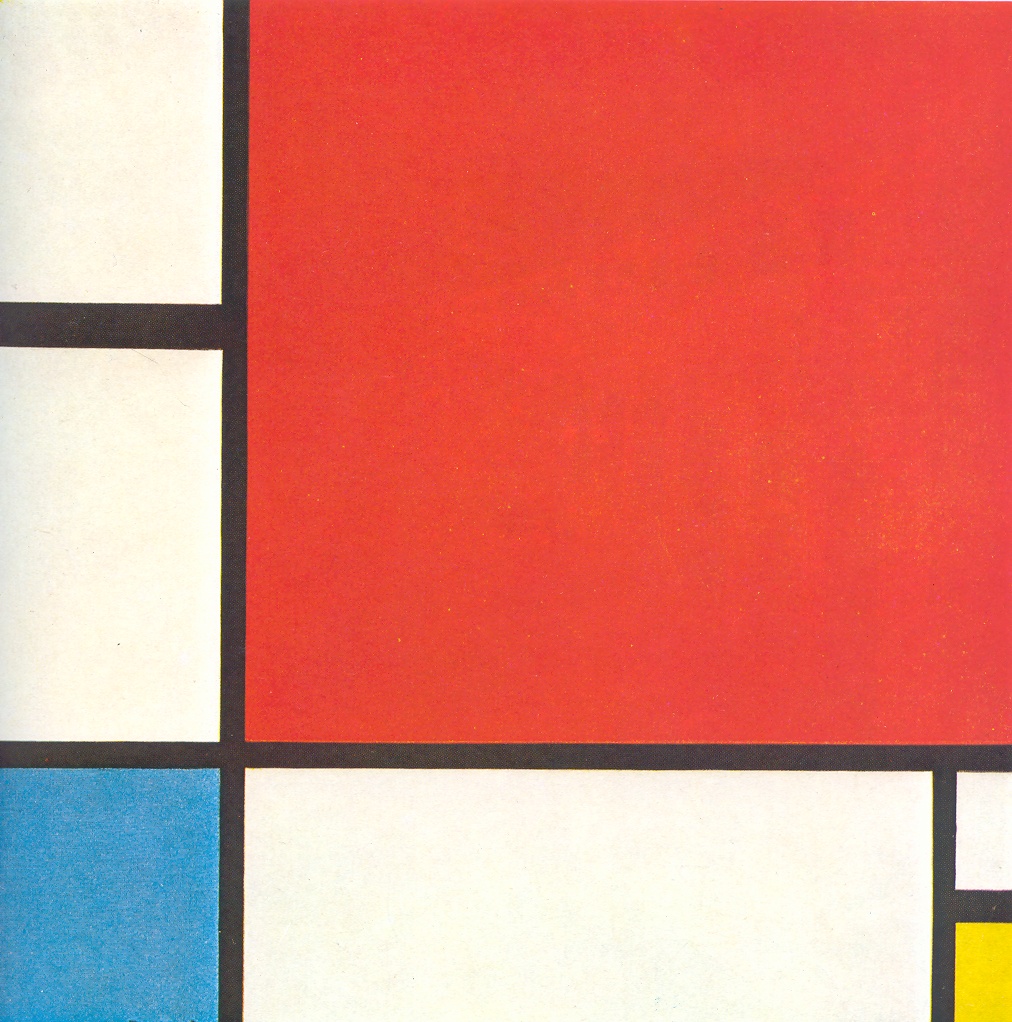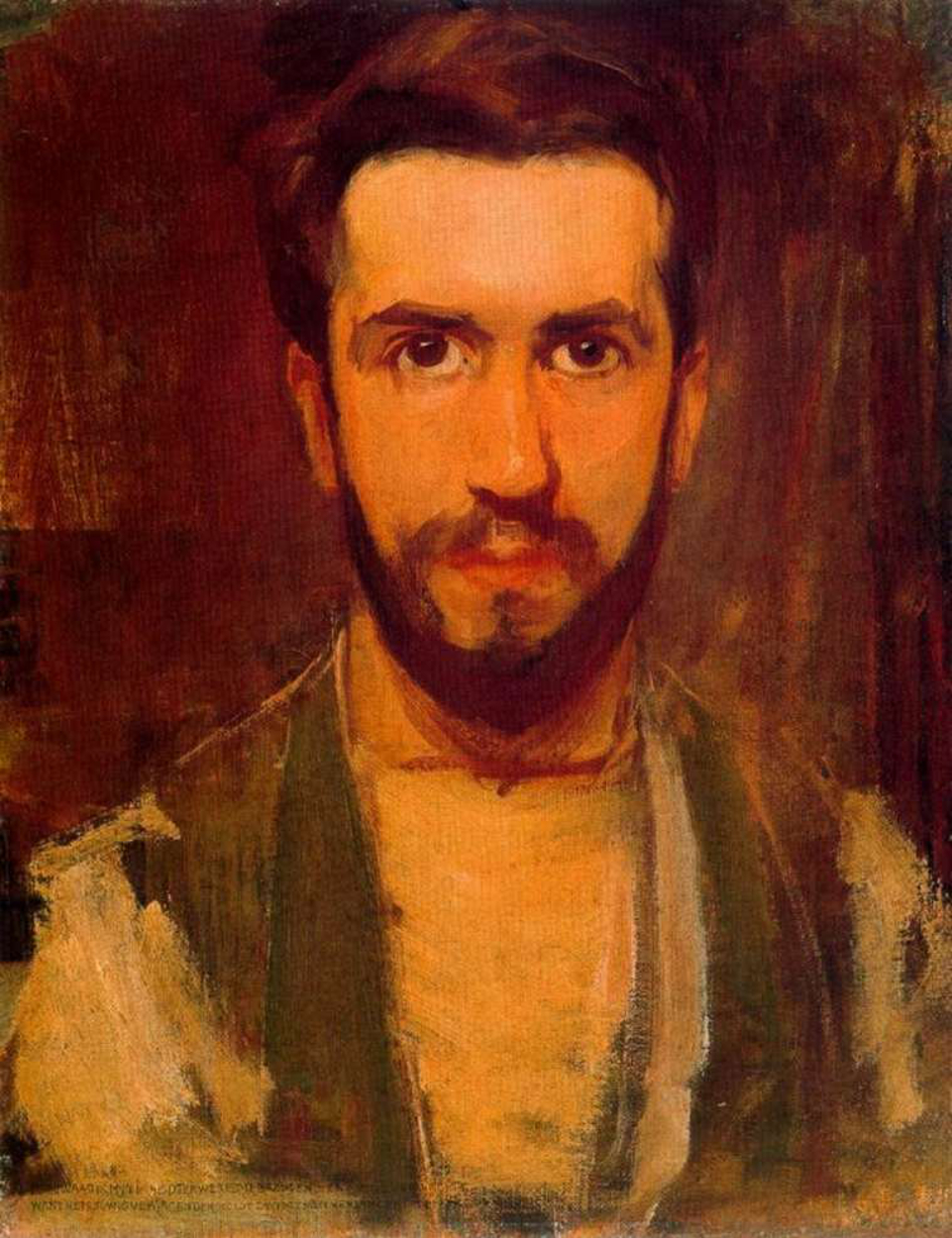Mondrian was an important contributor to the De Stijl art movement and group founded by Theo van Doesburg. He evolved a non-representational form he termed Neo-Plasticism. This consisted of white ground, upon which was painted a grid of vertical and horizontal black lines and the three primary colors. When World War I ended in 1919, Mondrian returned to France, where he would remain until 1938. Immersed in the crucible of artistic innovation that was post-war Paris, he flourished in an atmosphere of intellectual freedom that enabled him to embrace an art of pure abstraction for the rest of his life. Mondrian began producing grid-based paintings in late 1919, and in 1920 the style for which he became renowned began to appear. In the early paintings of this style, the lines delineating the rectangular forms were relatively thin and gray, not black. The lines also tended to fade as they approached the edge of the painting, rather than stopping abruptly. The forms themselves, smaller and more numerous than in later paintings, were filled with primary colors, black, or gray; and nearly all of them were colored, with only a few left white.




Composition with Red, Blue and Yellow
oil on canvas • 86 x 66 cm
 Piet Mondrian
Piet Mondrian